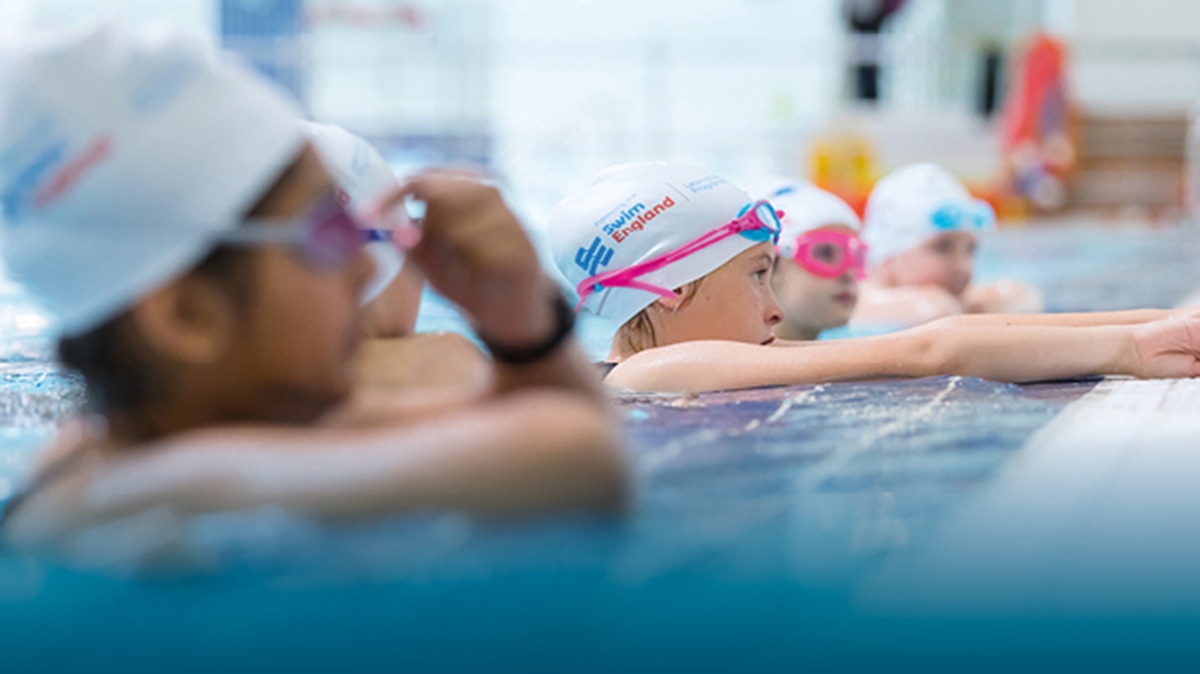
Swim England welcomes ‘encouraging’ Active Lives data
8 December 2023New statistics which show the number of younger primary school children who can swim 25m unaided is on the rise for the first time since the end of the coronavirus pandemic have been welcomed by Swim England.
Sport England’s latest Active Lives Children and Young People survey reports ‘some recovery’ in swimming ability among youngsters in school years one to four.
However, despite the ‘encouraging’ 3.2 per cent increase, there has been a further drop in competency levels of year seven pupils who are able to swim, while fewer schools are offering swimming lessons.
Teachers in 36 per cent of state primary schools are offering none or fewer than 10 lessons per pupil across the academic year 2022-23 – despite it being part of the national curriculum.
Swim England has reaffirmed its decade-long commitment in its strategy, Access Aquatics, which aims to ‘reduce the number of children that are unable to swim by 50 per cent, whilst reducing inequalities in swimming attainment amongst under-represented groups’.
Jon Glenn, Swim England learn to swim and workforce director, said: “Despite the ongoing challenges the sector faces with facilities still under the threat of closure and schools struggling to get pool time, it’s extremely encouraging to finally see some positivity in the Active Lives data.
“We’re still feeling the impact the pandemic had on children’s competency levels among the older age groups, while it’s disappointing to see a worrying trend in the increase in schools offering 10 or fewer lessons per pupil across the 2022-23 academic year.
“All children have a right to learn at school how to swim and be in, on and around water safely – it’s a vital life skill which is an important reason why it’s part of the national curriculum.
“However, we recognise it’s a huge challenge to learn to swim in such a short time frame, especially with the financial challenges and time constraints primary schools face.
“Our school swimming and water safety support officer is working hard with stakeholders across the education, sport and aquatics sector to improve pupils’ experience of school swimming across the country’s 17,000 primary schools.
Free resources
“We call on the Government to adequately fund school swimming as well as invest in protecting pools so there are more opportunities for pupils to access the water.”
Swim England continues to do everything in its power to support schools reach swimming lesson targets.
Alongside the free resources available in the School Swimming and Water Safety Charter, new innovative products are being developed.
Swim England’s Pre-Swimming Familiarisation Activation and Water Safety programme was recently presented at the European Aquatics Learn to Swim Conference.
The national governing body’s focus on inclusion also remains a priority .
Its partnership with the Youth Sport Trust and the Inclusion 2024 Programme provides all schools and lesson providers with a ground-breaking school swimming assessment tool to aid in improving delivery along with training and signposting to additional support.
Jon added: “These can support teachers to develop a great school swimming experience for their pupils, not just in the pool but in the classroom, too.
“We will continue to do everything we can to help schools offer swimming lessons and ensure more children are able to learn to swim and enjoy the huge physical and mental health benefits of being active in water.”
To find out more about the School Swimming and Water Safety Swimming Charter, visit schools.swimming.org.
 Swim England
Swim England